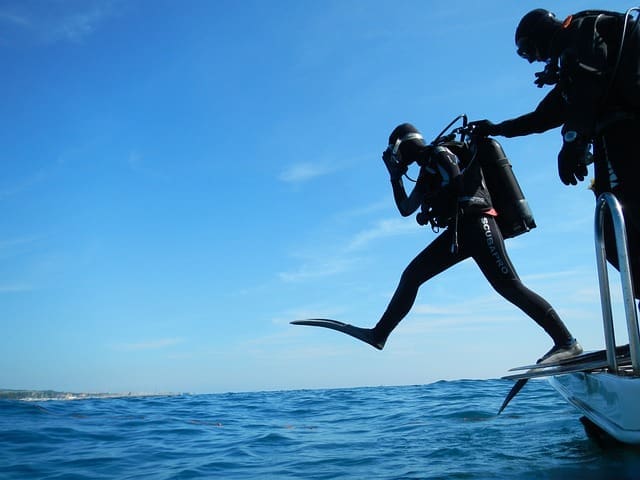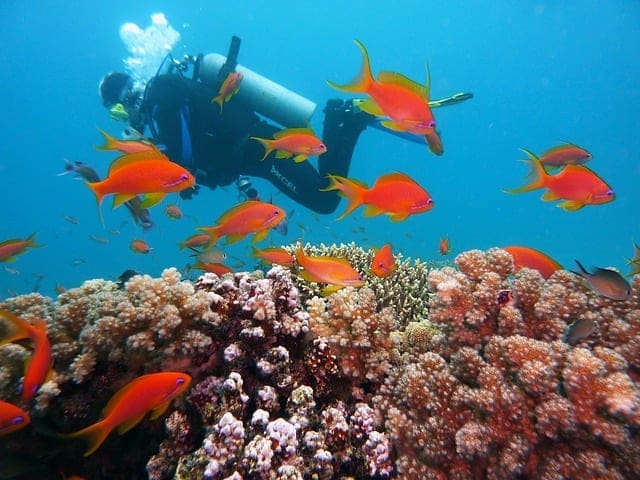Planning your scuba dive trip is an exciting but sometimes intimidating experience. From selecting a destination to packing in a way that won’t break your airline overweight fee, there are many different things to consider.
Some dive locations have specific seasons, and the conditions and marine life can change drastically. If you want to see a particular species, the Cayman Islands dive guide can help you plan your trip for the right time of year.
Research the Dive Spots
If you are planning a diving trip to a specific area, it is important to research the dive spots. This will help you understand the environment, what marine life you can expect to see, and whether it is a place that suits your experience level.
For example, if you plan on going to the Marquesas Islands in French Polynesia and are a beginner diver, choose a liveaboard instead of a land-based resort. This is because the dive sites on these islands are more demanding and require a certain level of qualification and experience to enjoy them safely.
For example, some of the best diving locations are where marble rays are resting in sandy patches, moray eels hiding in cracks and crevices, and octopuses sliding between boulders. The reef is also a manta ray highway, and you can see hammerhead sharks too! Then there is also a magical underwater cliff where you can encounter Galapagos shearwaters, white tip reef sharks, manta rays, and other beautiful marine life.
Book Your Accommodations
Finding accommodations for your dive trip can be one of your most challenging and expensive aspects. But scuba travelers can spend less than hundreds (if not thousands) of dollars on a hotel for a perfect island getaway.
Undoubtedly, some of the world’s most pristine scuba diving destinations exist. With the kelp forests that offer spectacular visibility – it has been likened to flying through a forest of trees with fish instead of birds – scuba divers flock to these remote locations year-round.
The best time to visit islands is between June and October when swell and weather are most favorable. You can expect to see endemic blue and humpback whales, pinniped pups, wildflowers, and spectacular marine life during this time!
Book Your Flights
Before diving, conducting a thorough pre-dive safety check on your equipment is a good idea. This includes ensuring your dive computer works properly and that all your dive gear fits you correctly. A quick check can make you feel more comfortable underwater and help to prevent accidents.
Reviewing the dive site profile and safety guidelines before booking your trip is also a good idea. For example, consider the best time of year to visit an atoll where whale sharks are often found. From January-May, you’ll enjoy warmer air temperatures and water. At the same time, June-December brings cooler air and waters with thermoclines – it’s still worth visiting to see the whale sharks but be prepared for colder conditions.
Finally, remember to pack light and bring healthy snacks. Avoid fatty foods, as these can be difficult for your body to digest underwater. Packing plenty of water bottles and sticking with hydration over sugary energy drinks is also a good idea.
Book Your Dive Gear

Although renting snorkel and scuba gear in many destinations is possible, investing in your own is a good idea. Surveys show that divers who own their gear dive more, learn more, and enjoy their trip more. Inspecting your gear thoroughly before leaving home and ensuring everything works is important. No one wants to get underwater and find their mask cracked or their regulator leaking.
You’ll also consider what type of wetsuit you need for the climate in your destination. Many people choose to use a rash guard for warm weather, but if diving at a site with cooler water conditions, it’s best to bring a 3mm wetsuit (long or short).
When choosing your dive gear, be sure to select a reputable brand. It’s worth the extra cost to avoid having equipment fail underwater due to poor design or materials. Similarly, be sure to purchase a large trolley suitcase for your gear. This makes it easier to maneuver through airports and allows you to keep your gear organized.
Book Your Dive Trip
There are many things to consider before you book your dive trip. For example, you should check the weather forecast and marine life to ensure you are prepared. Likewise, you should also check the scuba equipment to ensure everything is in working order. It is best to have your scuba gear serviced before traveling abroad. There have been more than a few stories of people needing to remember their scuba gear or bringing the wrong type of equipment.
You should also have plenty of time to travel and recover from your dives. You should wait at least 24 hours before flying after a single dive (and longer for multiple dives). Failure to do so can lead to decompression sickness.
Planning your dream island dive trip is a great way to maximize your experience. By taking the time to research your destination and find the right scuba dive shop, you can be sure that your trip will be one to remember. If you have any other questions, don’t hesitate to reach out!
Featured Image by joakant from Pixabay




